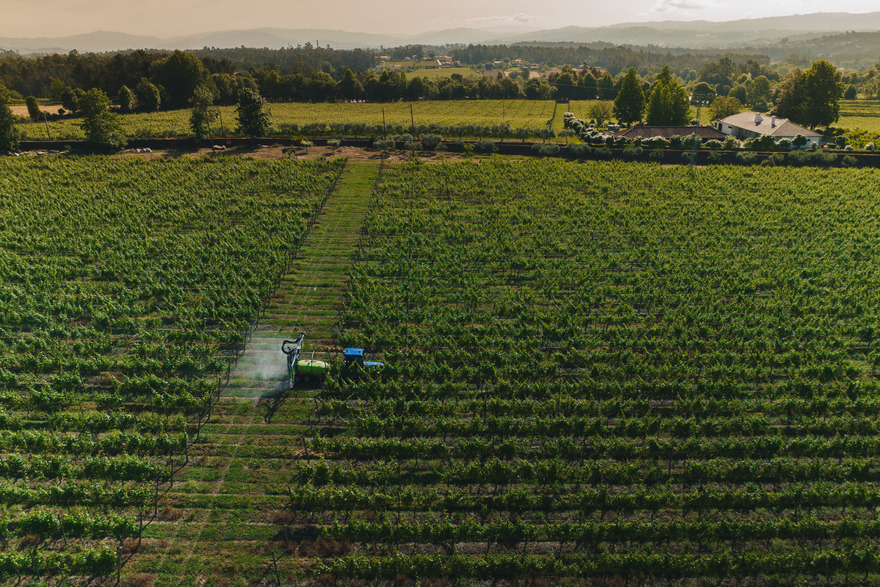Training
What you really need to know.

In agriculture, few challenges are as constant—and sometimes as silent—as pests. Whether in permanent crops like olive groves and vineyards, or in production forests, the emergence of pests can seriously compromise crop yield and plant health. In Portugal, factors such as climate change and increased international trade have contributed to the appearance and spread of various invasive species.
The good news? Most damage can be prevented through vigilance, good agricultural practices, and, when necessary, support from appropriate technical solutions. At Rocha, we closely monitor these challenges, collaborating with farmers and technicians in the field. More than supplying equipment, we believe the solution starts with information.
Xylella fastidiosa
This bacterium represents one of the biggest phytosanitary threats in Europe. In Portugal, it affects crops like olive trees, vineyards, citrus, and almond trees. It blocks sap circulation, causing branch drying and often plant death.
The best approach is prevention, including effective control of insect vectors through appropriate spraying practices. Early detection is essential to stop outbreaks before they become uncontrollable.
Chestnut Gall Wasp
This insect attacks the buds of chestnut trees, forming galls that compromise growth and chestnut production. Without control, it can lead to the gradual weakening of trees. In many regions, biological control has been successfully applied. Vigilance, especially in intensive production areas, remains the best ally.
Palm Weevil
Also known as the red palm weevil, it feeds inside palm trees and is often detected late.
Preventive spraying, especially using equipment that ensures uniform penetration, is one of the strategies used, together with traps and localized treatments.
Eucalyptus Weevil
It feeds on leaves, reducing the vigor of eucalyptus and affecting its growth. Although the immediate impact may seem minor, prolonged infestation compromises productivity. Biological control, using natural enemies, has been one of the main tools used in Portugal. Careful application of phytopharmaceutical products, always with the correct equipment, may be necessary in critical phases.
Pine Wood Nematode
This microscopic worm is a serious threat to pine forests, with the potential to cause mass tree death.
Containment involves early detection and, in many cases, removal of infected trees.
Bronzing Bug
It mainly attacks eucalyptus, feeding on leaf sap. The result is spots, discoloration, and premature leaf drop.
Action must be swift and well-planned, based on regular field monitoring.
Prevention is Timely Action
Effectiveness in pest control depends on the ability to intervene before the problem settles in. This starts with knowing each pest’s life cycle: some appear in spring, others intensify in summer or autumn. Working with phytosanitary calendars, regularly observing crop status, and using spraying solutions that guarantee precision and efficiency are indispensable steps.
At Pulverizadores Rocha, we develop equipment that meets real field challenges, emphasizing ease of calibration, technical reliability, and adaptability to different crops and terrains. Because we know that in practice, every detail counts when it comes to protecting a whole season’s work.
In Summary: Knowledge, Technique, and Equipment
Pests are inevitable, but damage doesn’t have to be. With vigilance, planning, and appropriate technical solutions, it’s possible to protect crops effectively and sustainably. Investing in precise and durable application equipment and continuous training means ensuring more than productivity—it means ensuring the future. Crop protection starts with information.
Count on Rocha to be prepared—today and always.